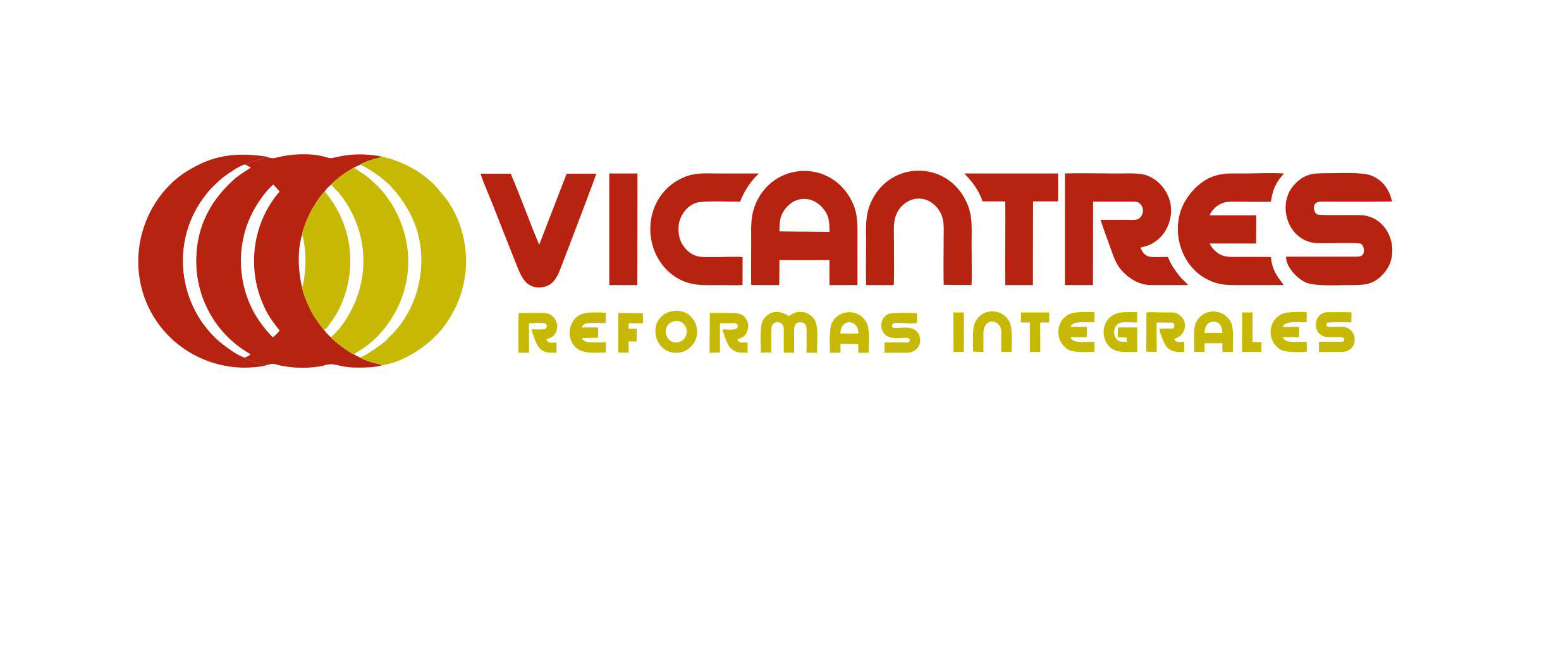16 Abr What Is the Collective Agreement
Workers are not forced to join a union in a particular workplace. Nevertheless, most sectors of the economy with an average unionization of 70% are subject to a collective agreement. An agreement does not prohibit higher wages and better benefits, but sets a legal minimum, similar to a minimum wage. In addition, often, but not always, a national agreement on income policy is reached in which all trade unions, employers` associations and the Finnish government are involved. [1] According to the Common Law, Ford v A.U.E.F. [1969],[8] the courts have already ruled that collective agreements are not binding. Second, the Industrial Relations Act 1971, introduced by Robert Carr (Minister of Labour in Edward Heath`s cabinet), provided that collective agreements were binding unless otherwise stipulated in a written contractual clause. After the fall of the Heath government, the law was reversed to reflect the tradition of legal abstention from labour disputes in British industrial relations policy. One of the benefits for workers of forming and joining a union is the increasing bargaining they will have against their employers. An employee will likely not be able to get their employer to agree on new safety measures or a wage increase, but more workers will have a better chance.
This is an example of collective bargaining. A collective agreement (CBA) is the agreement between the employer and the union that regulates the employment of the union`s employed members. It is important that the agreement exists between the union and the employer, not between the employer and its individual employees. Procedures for respecting workers` rights are also provided for in collective agreements. It is the responsibility of the union to enforce workers` rights by filing a complaint and, if necessary, referring the case to arbitration. As a general rule, employees should contact a union representative to exercise their rights if a complaint is rejected by their immediate supervisor. The exact process for filing a complaint and even opening arbitration varies depending on the collective agreement. For more information about complaints and arbitration, see The Complaints and Arbitration Process. More information on collective agreements can be found on the Ministry of Labour, Training and Skills Development website.
Information on federal affairs can be found on the Government of Canada`s public sector collective agreements website. Once a provisional agreement has been reached between the employer and union representatives, each union member has the opportunity to vote on its acceptance or rejection. If at least 50% of the union members who actually vote accept the agreement, it becomes legally binding. If union members do not agree to the agreement, the employer and union representatives can continue negotiations. Alternatively, the union may call for a strike vote. A strike vote must also receive at least 50% support from voters. Very rarely, if a union cannot obtain ratification or authorization to strike, it renounces its right to represent workers. Collective bargaining is the process by which workers negotiate contracts with their employers through their unions to determine their terms and conditions of employment, including remuneration, benefits, hours of work, vacation, workplace health and safety policies, ways to reconcile work and family life, and more. Collective bargaining is one way to solve problems in the workplace. It is also the best way to raise wages in America. In fact, through collective bargaining, unionized workers have higher wages, better benefits and more secure jobs.
Collective agreements in Germany are legally binding, which is accepted by the population and does not give rise to any concern. [2] [Review failure] Although there has been (and probably still is) a «she and us» attitude in industrial relations in the UK, the situation in post-war Germany and some other Northern European countries is quite different. In Germany, the spirit of cooperation between the social partners is much stronger. For more than 50 years, German employees have been represented by law on company boards. [3] Management and employees are considered together as «social partners». [4] Collective agreements are usually valid for a period of two years, sometimes for three years and sometimes for one. Before the agreement expires, the union and the employer will begin negotiations for an extension agreement. As long as a collective agreement is in force, it can only be amended by mutual voluntary agreement. A change in the duration of the contract must be approved by the working committee. A collective agreement (CBA) is a written legal contract between an employer and a union that represents employees. The CBA is the result of an extensive negotiation process between the parties on issues such as wages, hours of work and working conditions.
.




Sorry, the comment form is closed at this time.